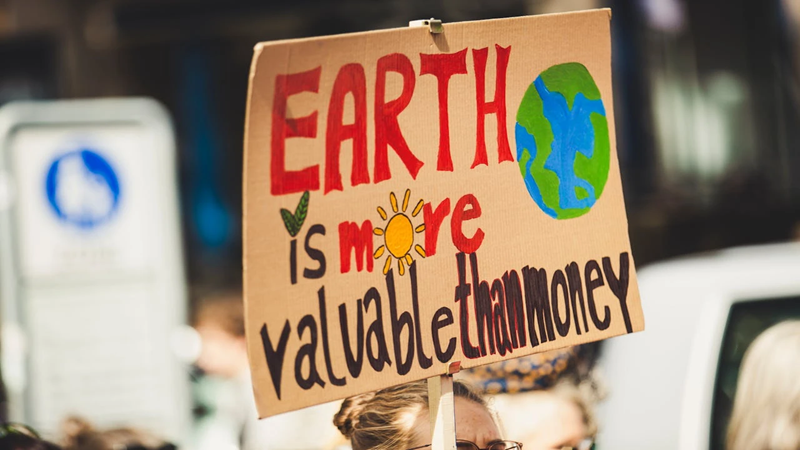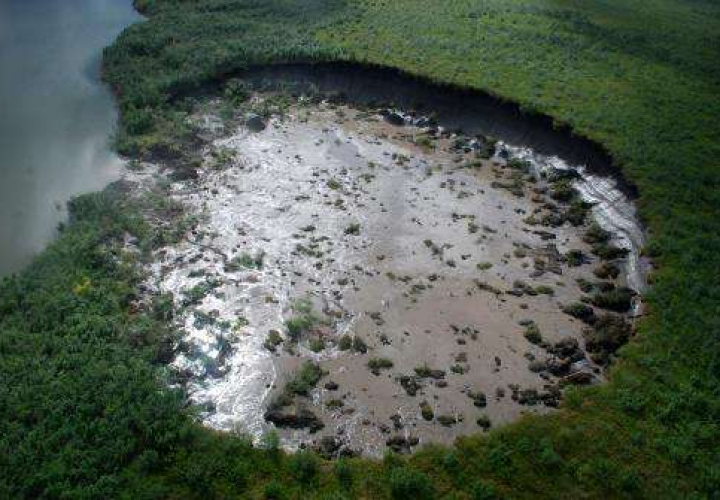
Climate Inequity in South Africa: A Deep Dive
Global warming presents a formidable obstacle with widespread repercussions; nonetheless, the burden is not uniformly distributed. Nestled where varied habitats collide with pronounced economic divides, South Africa stands as an exemplar of acute climate disparities.
This narrative explores the delicate dance between ecological transitions and societal imbalances, highlighting how communities on the periphery bear disproportionate hardship from climatic upheavals. Leveraging insights from scientific data trends alongside contemporary reports, we dissect the intricate nexus linking shifts in weather patterns to aggravated socioeconomic fractures within this dynamic locale.
Unpacking climate disparities in South Africa through scientific data
The relentless march of climate change grips nations worldwide, and South Africa contends with its severe repercussions. Disparities revealed by scientific data underscore the profound burden borne by marginalized groups when faced with shifting climates. According to observations from the South African Weather Service, a notable shift in weather patterns unfolds as temperatures ascend at a rate double that of the globe's average pace. These climatic shifts represent far more than a mere inconvenience; they constitute monumental alterations to an environmental balance that has cradled both South Africa's rich biodiversity and its human communities for generations.
Encompassing impacts are evident: protracted droughts jeopardize vital water reserves, while there is an uptick in both the frequency and severity of extreme meteorological events such as flooding and storms. Beyond immediate effects on natural landscapes, these changes trigger cascading socioeconomic implications across agriculture, hydrological sustenance, and public health sectors—leaving those least economically fortified and least equipped for rapid adaptation or recovery post-crisis.
A consensus within the scientific arena signals alarmingly towards increasing socio-environmental inequalities if decisive steps aren't embraced to curtail further deviation from historical climate norms—and integrate adaptive strategies into societal infrastructure promptly. The Intergovernmental Panel on Climate Change (IPCC) identifies South Africa explicitly as a critical locus for climactic volatility projections, spelling out even harsher outcomes should planetary warming persist unabated.
Exploring the socioeconomic impacts of climate change on marginalized communities
Diving into the socioeconomic effects of climate change in South Africa reveals an alarming intensification of existing inequalities. In various parts of this nation, particularly within informal settlements, marginalized populations bear a disproportionate share of the consequences that come with our planet's rising temperatures. These groups—often cut off from essential services and infrastructure—are confronted directly by challenges born out of climatic shifts. Take water scarcity as an example: destitute areas are hit the hardest owing to their dependence on shared water sources and lacking access to advanced water-conservation methods afforded by more affluent locales.
In addition, agriculture—a vital source of sustenance for numerous low-income households—is succumbing to pressures from erratic meteorological conditions. Lacking sufficient capital for investment in irrigation systems or robust crops suited for changing climates leaves smallholder farmers vulnerable; they grapple with failed harvests and diminishing production levels, which contribute towards economic precarity and jeopardize food availability. Consequently, communities reliant upon farming are in increased jeopardy when it comes to sliding further beneath poverty’s shadow.
Within urban environments, inferior housing structures characterizing informal dwellings prove inadequate against severe weather occurrences—with catastrophic outcomes including demolished homes, forced relocations, and even loss of life itself being reported instances across these regions. By scrutinizing scientific data trends indicative of current developments, one discerns a concerning correlation between the progression of climate disparities ascending societal and economic rifts inside confines borders, thus casting a stark outlook on those positioned perilously close to society’s margins.
Conclusion
Diving into the intricate web of climate change effects on South Africa reveals an impact that surpasses merely ecological concerns. A close examination of scientific data and prevailing trends reveals a stark expansion in climate-related disparities. These environmental transitions expose deep-seated socioeconomic consequences, which weigh heavily upon communities at the margins. The investigation underscores both the immediate need for policies embracing inclusivity and a collective push towards strategies aimed at both mitigation and adaptation, fostering resilience as a common thread binding all citizens of South Africa.





